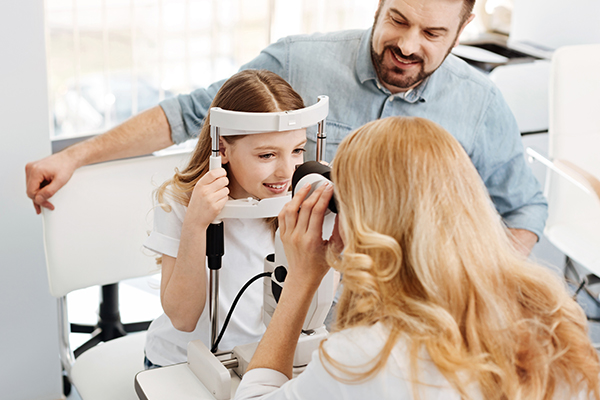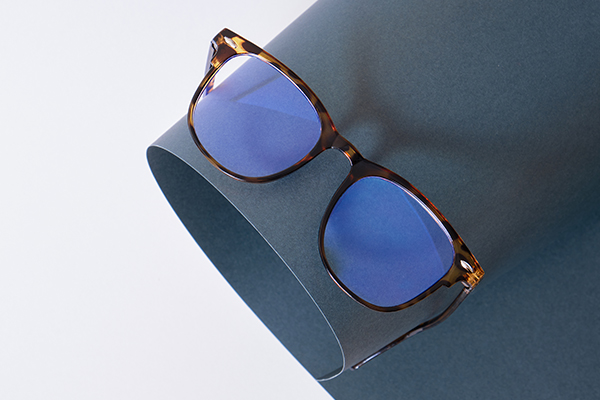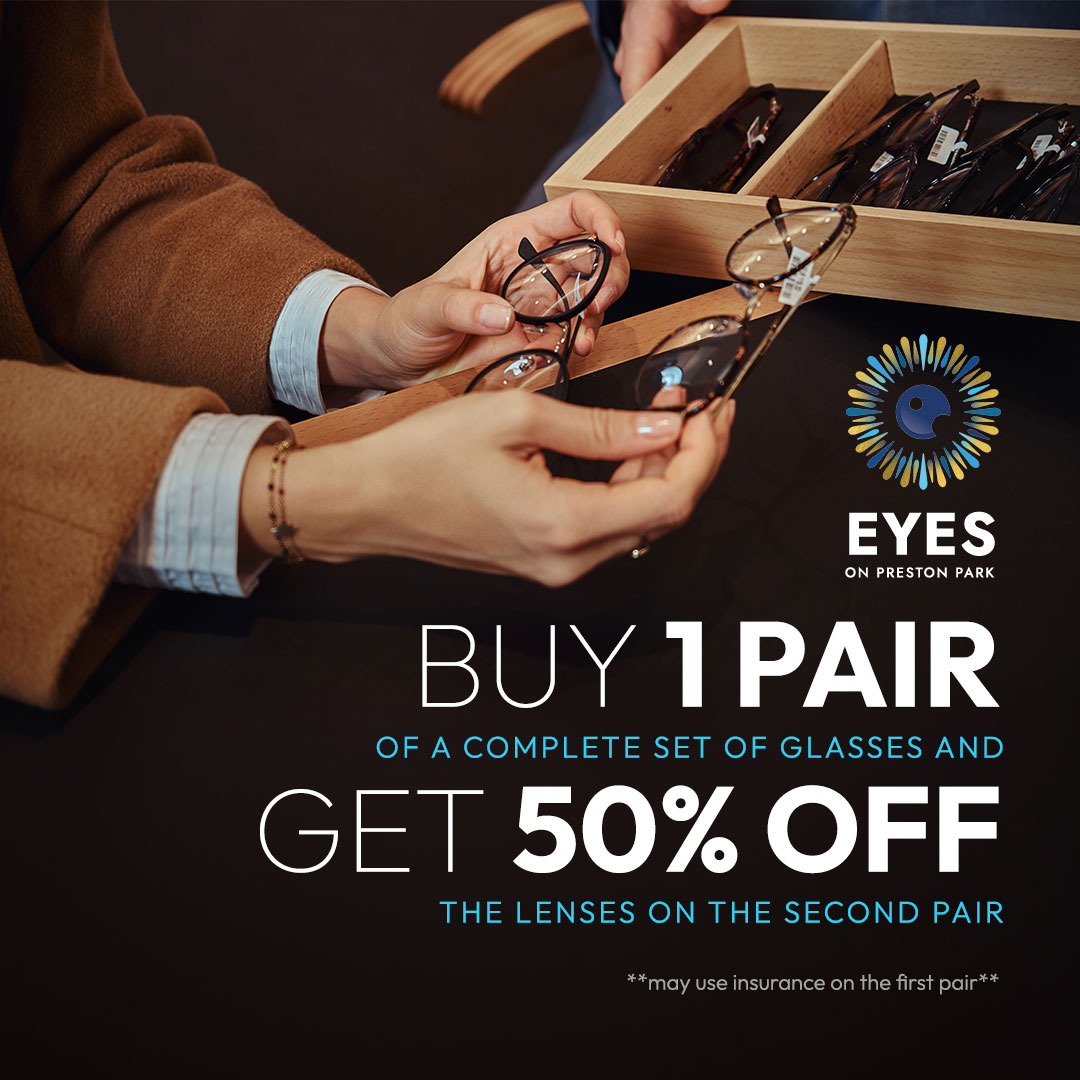Your body changes as you age, affecting your health and happiness in many ways. Unfortunately, the changes are not always for the better. Presbyopia is a change that negatively impacts vision. Almost everyone over 40 experiences this condition. Maintaining sound eye health and vision requires knowing what it is and how to manage its symptoms.
Understanding Presbyopia
Presbyopia decreases the eye's ability to focus on close-up objects. The eye's lens becomes less flexible with age, making it challenging to focus on nearby things. Eyestrain, headaches, and hazy vision are a few of the symptoms that result from this. Presbyopia is typically gradual, with signs becoming more noticeable over time.
Causes
Presbyopia is a natural part of the aging process. Uncertainty surrounds the condition's precise cause. But experts think the main factor is alterations in the proteins that make up the eye's lens. As you age, these proteins become less flexible. It makes it more difficult for the lens to change shape and focus on nearby objects.
Genetics, certain medical disorders, and drugs can affect the lens and other components of the eye. These may contribute to presbyopia. The condition may also occur due to lifestyle factors, including smoking and poor nutrition.
Symptoms
Presbyopia symptoms can vary from person to person, but the most common include:
People with presbyopia may find themselves holding reading materials further away from their eyes. They may also need more light to read comfortably. As presbyopia progresses, the symptoms may become more noticeable. They may impact daily activities such as reading or using a computer.
Diagnosis of Presbyopia
A thorough eye exam can help identify the condition. To ascertain the severity of the issue, your eye specialist will perform several tests. The doctor may also suggest additional exams to rule out other eye conditions.
Treatment Options
The most common treatment options for presbyopia are eyeglasses and contacts. They are available in various styles and strengths to suit the patient's needs. Bifocals, trifocals, or progressive lenses can provide clear vision at different distances. Contact lenses can also benefit those who prefer not to wear glasses.
Surgical alternatives, including laser surgery or implanted lenses, may be available for some people. These procedures involve reshaping the cornea or replacing the natural lens with an artificial one to improve vision.
Preventing Presbyopia
There is no way to prevent this condition altogether. But you can take steps to keep your vision healthy as you age. These include the following:
Living With Presbyopia
Were you diagnosed with presbyopia? If so, you can use several strategies to manage the condition and maintain your quality of life. These include using proper lighting when reading or performing close-up tasks and taking frequent breaks to rest your eyes. It would also help to use larger font sizes on electronic devices.
Conclusion
As people age, many develop presbyopia. While it can be frustrating, many therapy alternatives are available to help manage the condition. You can continue to enjoy your favorite activities and maintain your independence as you age.
For more on presbyopia, visit Eyes on Preston Park at our Plano, Texas, office. Call (972) 519-0006 to schedule an appointment today.













